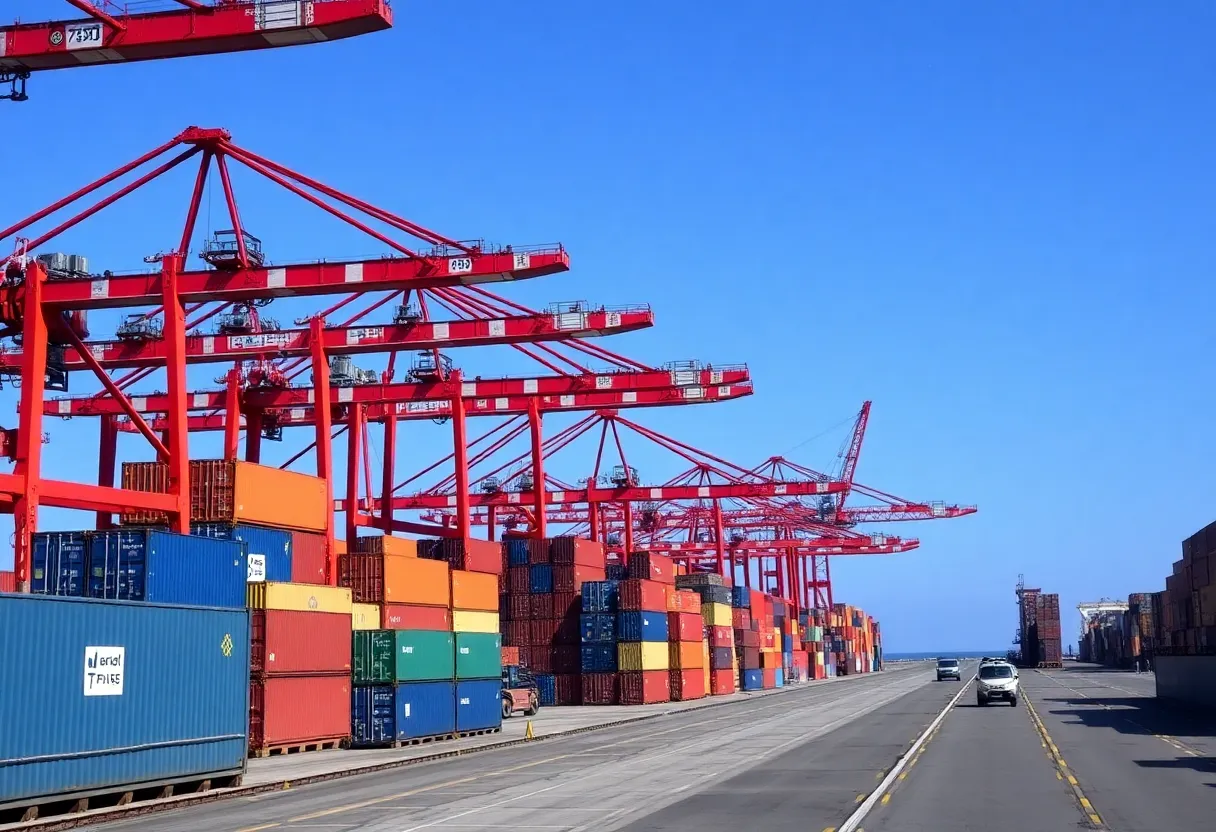News Summary
President Trump’s new tariff strategy aims to address perceived unfair trade relationships and could have significant effects on global trade. The proposed tariffs may impact the cost of goods for American consumers and could alter trade dynamics, particularly with countries like India. As the administration prepares to implement these tariffs, stakeholders across various sectors are watching closely to understand the potential consequences. This announcement reflects a broader effort to create a fairer trade policy and boost the competitiveness of U.S. products on the global stage.
Trump’s New Tariff Strategy: What You Need to Know
In a move that’s sure to shake things up in the world of global trade, President Trump has unveiled a new plan for implementing tariffs on foreign countries. This initiative aims to address what he describes as America’s unfair trade relationships and could significantly impact trade agreements around the globe. So, what does this mean for you and your favorite stores? Let’s break it down.
A New Tariff Game Plan
The President has directed his advisers to hammer out specific tariff levels that take into account various trade barriers, including:
- Tariffs
- Taxes
- Subsidies used by other nations
This new tariff initiative comes with a major *plus*: products made in the United States will remain free from these new tariffs. The idea behind the strategy is to entice manufacturers back to U.S. soil by leveling the playing field. However, the full impact of these changes could roll out sooner than you think. Trump’s nominee for Commerce Secretary has indicated that this investigation might wrap up by April 1, and we could see tariffs kicking in as early as April 2.
Understanding U.S. Tariffs
Historically, the U.S. sets its tariff rates through negotiations at international organizations such as the World Trade Organization (WTO). Currently, the average tariff rate on imports stands at a relatively low 2%. In contrast, other countries, like India and Brazil, have much higher rates—around 17% and 11%, respectively.
To combat the ever-growing trade deficit, particularly with countries like India—where the U.S. faced a staggering $45.7 billion shortfall last year—reciprocal tariffs are being discussed. This means that the U.S. would impose the same tariffs that other nations apply to American goods. It’s crucial to note that India imposes heavy tariffs on U.S. products, including a whopping 100% tariff on motorcycles!
The Bigger Picture
This announcement is part of Trump’s broader vision to create a fairer trade policy that enhances the competitiveness of U.S. goods. However, not everyone is on board with this strategy. Economic experts caution that these new tariffs may end up raising prices for American shoppers since importers often pass these costs onto retailers. Grocery bills and other everyday expenses could *go up* as a result!
Moreover, the impacts of the proposed tariffs could be particularly pronounced on developing countries, especially those in South Asia, Southeast Asia, and Africa. Tariffs on industrial goods represent a significant chunk of all U.S. imports—around half of these goods come in duty-free. If Trump’s plan goes into effect, it could mean considerable shifts for countries that rely heavily on exports to the U.S.
Market Reactions and Future Outlook
Lastly, as the administration continues to evaluate tariff levels, it’s considering different approaches based on whether countries rely on a VAT or traditional tariff structures. Experts suggest that various significant imports, from pharmaceuticals to cars, could feel the pinch of these proposed tariffs.
What’s Next?
Deeper Dive: News & Info About This Topic
- BBC News
- Wikipedia: Tariff
- New York Times
- Google Search: Trump tariffs
- CNN
- Encyclopedia Britannica: Tariff
- Reuters
- Google News: Trump tariffs
- CNBC
- Google Scholar: Trump tariffs
- USA Today







